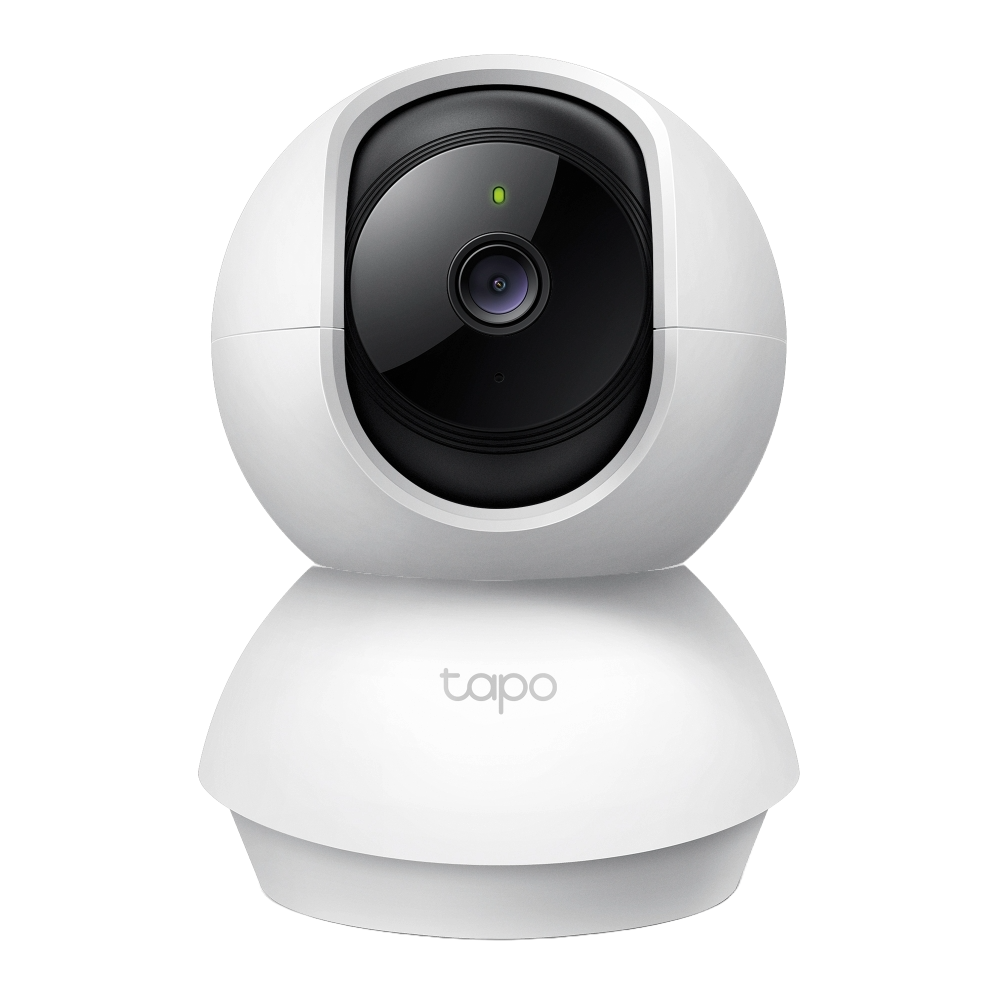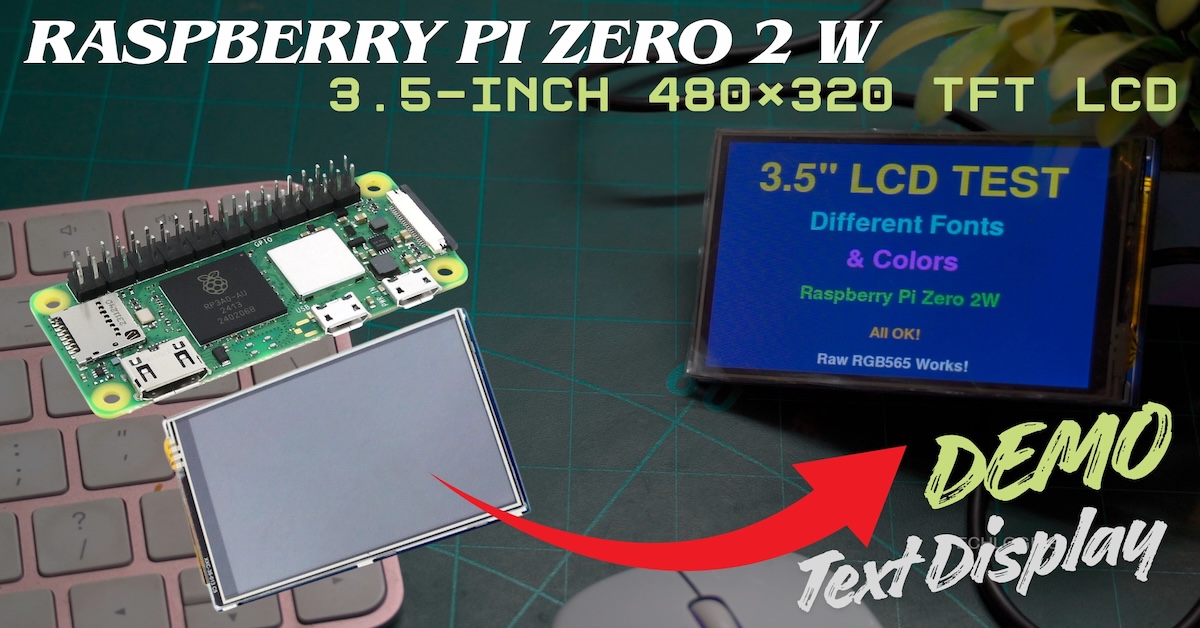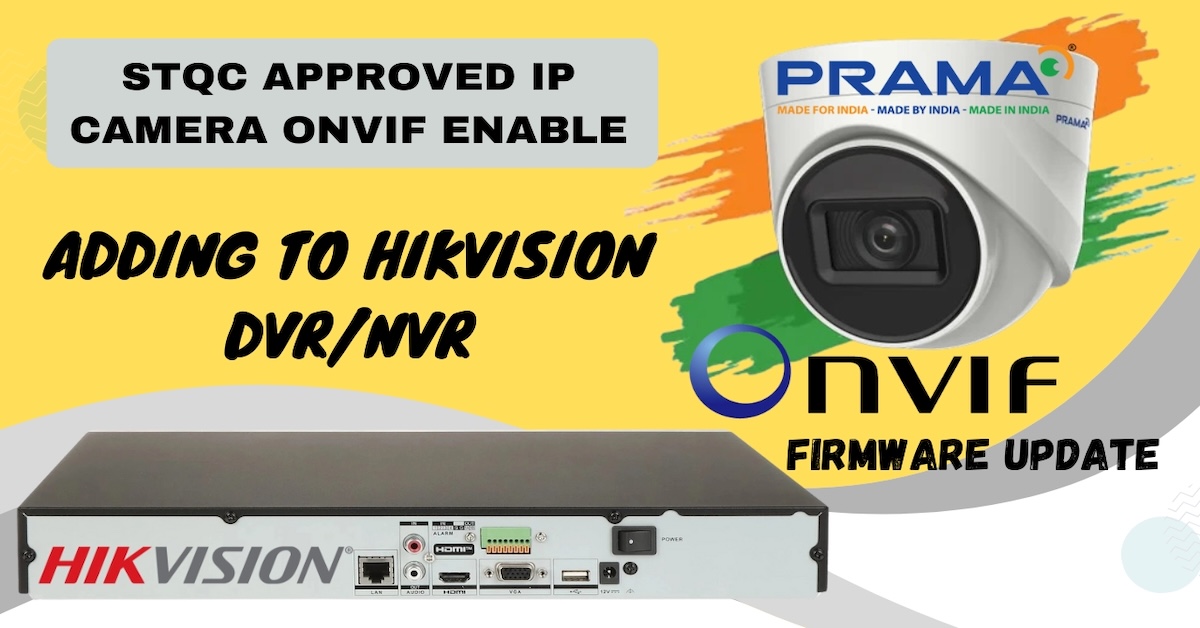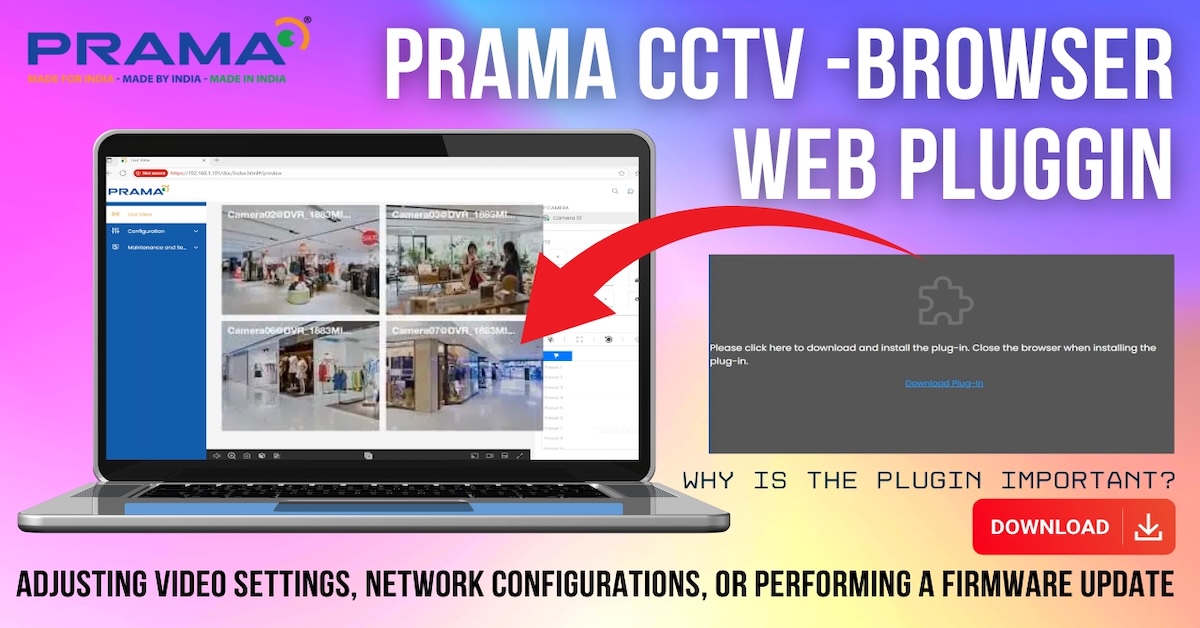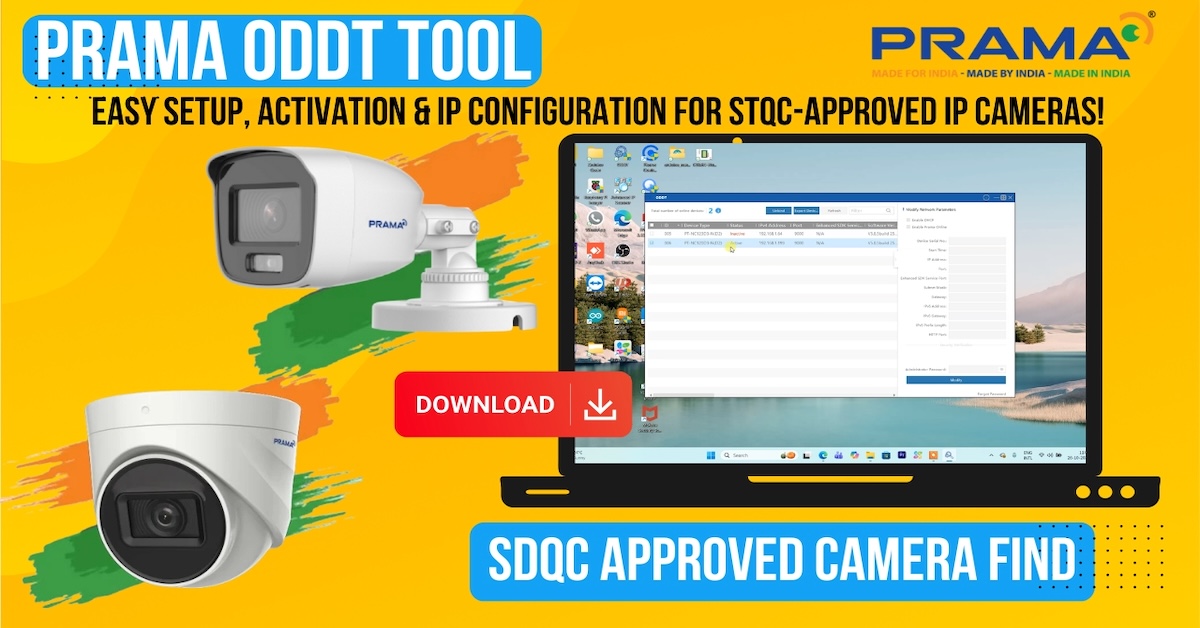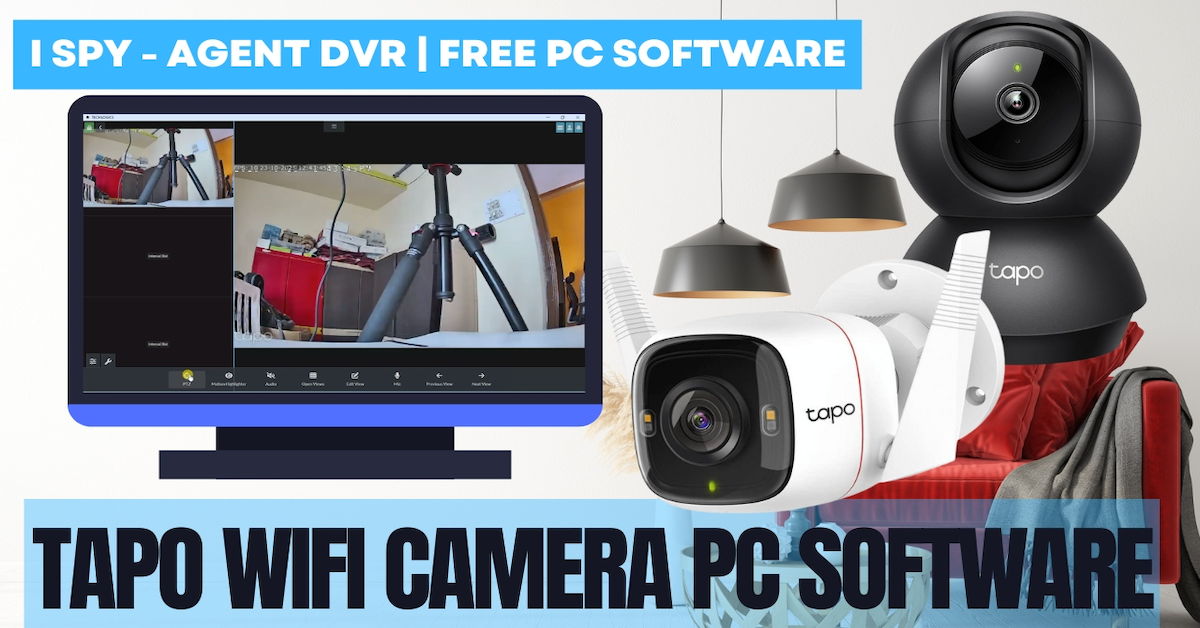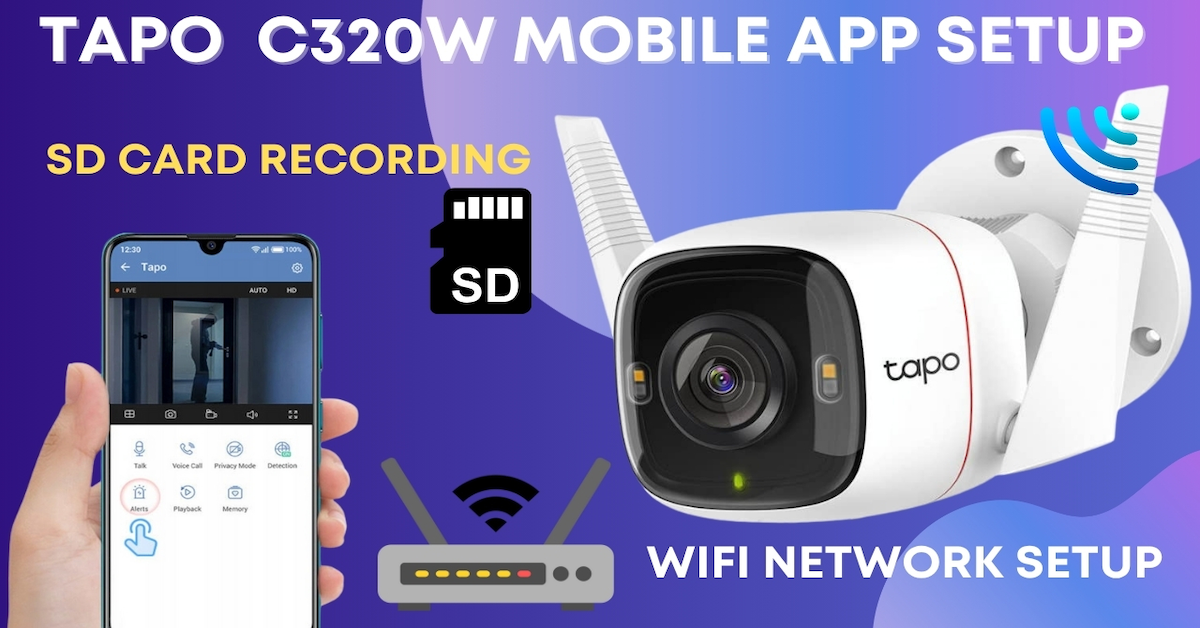Welcome to TECH LOGICS! In this detailed guide, we’ll walk you through the unboxing and setup process for the Imou DK1 2MP Indoor Smart Security Camera. This compact, versatile device is ideal for securing your home, office, or shop—perfect for doorway monitoring, baby surveillance, or general security needs. Let’s dive into the unboxing, setup, and top features that make this camera a must-have for smart surveillance.


Unboxing the Imou DK1: What’s in the Box?
Opening the Imou DK1 package reveals a well-thought-out set of components designed for a hassle-free setup:
- Fixed Lens IR Night Vision Camera: The core of your smart security system.
- Mounting Sticker & Drill Template with Screws: Simplifies installation on any surface.
- User Manual: A clear guide to get you started.
- USB Cable & DC Power Adapter: Ensures reliable power for seamless operation.
These accessories make setup quick and easy, whether you’re a tech novice or a seasoned pro.

Key Features of the Imou DK1 Indoor Camera
The Imou DK1 is packed with features to enhance your security and convenience:
- 1080P Resolution & Night Vision: Crystal-clear footage, day or night.
- Real-Time Alerts: Instant notifications sent to your smartphone for detected activity.
- Advanced Human Detection: Distinguishes people from pets or other objects to reduce false alarms.
- Two-Way Audio: Communicate remotely with loved ones, pets, or visitors.
- Sound Detection: Alerts you to specific sounds like crying or loud noises.
- Alexa Integration: View live footage with simple voice commands.
- Storage Options: Supports microSD cards (up to 256GB, sold separately) for local storage or Imou Protect for cloud recording.
These features make the Imou DK1 a versatile solution for home security, baby monitoring, or pet surveillance.

Step-by-Step Setup Guide
Step 1: Installing the MicroSD Card
To enable local storage, insert a microSD card (up to 256GB) for 7–10 days of footage, depending on settings. Follow these steps:
- Power Off the Camera: Ensure the camera is off to avoid damage to the card or device.
- Locate the Card Slot: Find the microSD slot, typically on the camera’s side.
- Insert the Card: Align the card with the slot’s orientation and insert it securely.
- Verify Seating: Ensure the card is firmly in place to prevent data loss.

To remove the card later, gently press it to release and pull it out.
Step 2: Powering On the Camera
- Connect the camera using the provided USB cable and DC power adapter.
- Wait for the LED to turn from red (powered) to flashing green, indicating the camera is ready to connect to Wi-Fi.

Step 3: Downloading and Setting Up the Imou Lite App
- Download the App:
- Scan the QR code in the user manual or search for “Imou Lite” by Huacheng Network in the Play Store or App Store.
- Install the app and grant permissions for location, storage, and camera access.
- Log In or Register:
- Existing users: Log in with your email or phone number.
- New users: Register using your email or phone, select your country, and enter the verification code sent via SMS or email.
- Customize Settings: Set up your home page and live view preferences for a tailored experience.






Step 4: Connecting the Camera to Wi-Fi
- Position Devices: Keep your phone, camera, and router close for a stable connection.
- Add the Camera:
- Open the Imou Lite app and tap “Add Device” or the “+” icon.
- Select “Scan QR Code” and scan the code on the camera.
- Save the QR code to your phone for backup.
- Check LED Status: Ensure the camera’s LED is green. If not, reset the camera by holding the reset button for 5 seconds.
- Connect to Wi-Fi:
- Select the camera’s temporary hotspot (e.g., “DAP-XXX”) in the app.
- Choose your 2.4 GHz Wi-Fi network (5 GHz is not supported), enter the password, and tap “Next.”
- Complete Setup: Wait for the camera to connect to your Wi-Fi and Imou servers. The LED will turn solid green, and the app will display “Device added successfully.”
- Name and Configure:
- Assign a name (e.g., “Living Room Camera”) and select the installation location.
- Set your region for accurate date and time settings.
- Skip the cloud storage option if using a microSD card.








Step 5: Managing Local Storage
- Check Card Status: In the Imou Lite app, go to “Camera Settings” > “Local Storage.” If the card is “Uninitialized,” tap “Storage Medium” and select “Format.”
- Schedule Recordings: Enable “Schedule Recording” to set specific recording times.
- View Footage: Access recordings via the “Playback” option, select “Local” storage, and use the timeline or calendar to review specific dates and times.



Tips for Optimal Use
- Enable Notifications: Allow app notifications to stay informed of detected activity.
- Use a High-Capacity MicroSD Card: A 256GB card maximizes storage for continuous or motion-triggered recordings.
- Position Strategically: Place the camera in high-traffic areas like doorways or living rooms for best coverage.
- Test Alexa Integration: Use voice commands to view live feeds hands-free.
Final Thoughts
The Imou DK1 2MP Indoor Smart Security Camera is a powerful, user-friendly solution for keeping your space secure. With its easy setup, robust features, and flexible storage options, it’s perfect for homeowners, parents, or pet owners looking for peace of mind. Follow this guide to get your camera up and running in minutes, and enjoy seamless monitoring from anywhere.
If you found this guide helpful, share it with others and stay tuned to TECH LOGICS for more tech tips and tutorials. Have questions or tips of your own? Drop them in the comments below!
Disclaimer: Links to products or services may be affiliate links, which help support our content at no extra cost to you.
